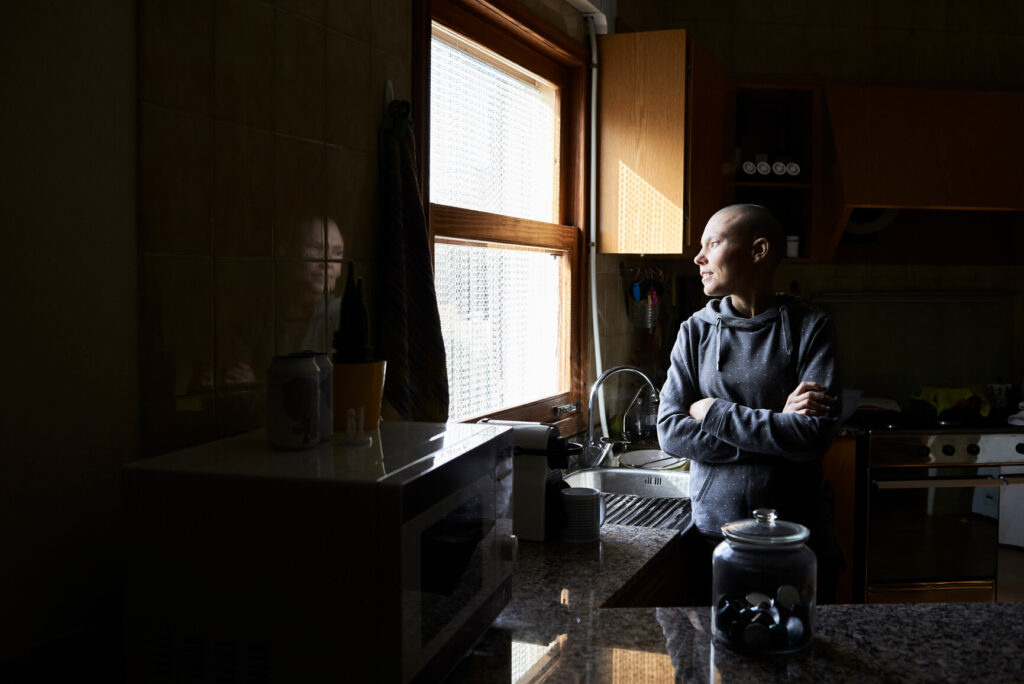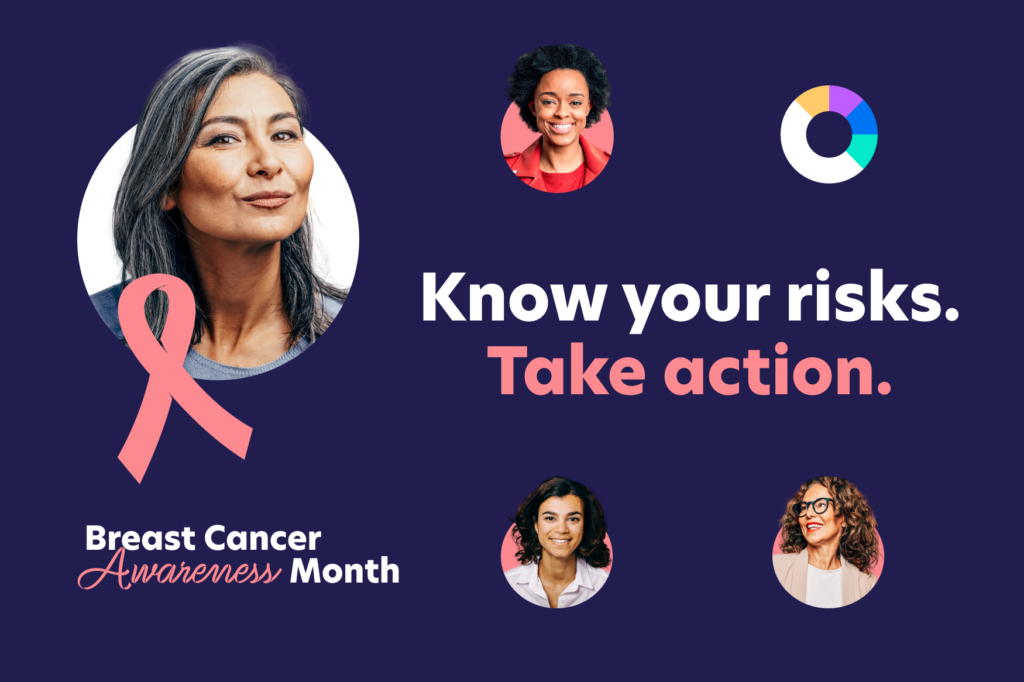News & Articles
Protecting yourself from cervical cancer
Lauren Ryan

Each January, we honor Cervical Cancer Awareness Month. Although there are very few known hereditary links, cervical cancer affects hundreds of thousands of women in the US, and it usually doesn’t cause any obvious signs or symptoms. Almost all cervical cancers are caused by human papilloma virus (HPV) infection, which is highly preventable, and routine screening is widely available. Despite this, the rate of diagnosis has mostly remained steady over the last ten years, and more than 4000 women are estimated to have died of cervical cancer in 2017.
The American Cancer Society recommends that starting at age 21 all women undergo cervical cancer screening with a Pap test, during which the doctor uses a small brush or swab to take a sample of cervical cells to look for abnormalities. This is usually done every three years until age 30, then every five years in addition to a test for HPV. It’s usually okay to stop Pap and HPV tests at age 65, unless there is a history of abnormal test results. Following these guidelines can increase the chances of early detection, which can be life-saving: when diagnosed early, 5-year survival rates for cervical cancer are as high as 92%, compared to only 17% when diagnosed at a more advanced stage.
In addition to screening, there are several steps you can take to lower your risk of cervical cancer. Using condoms and dental dams can prevent the spread of HPV, which is not only the leading cause of cervical cancer but also the most common sexually transmitted infection in the US. There is also an effective HPV vaccine that is recommended for all people under the age of 26 to protect against HPV infections.
Cervical cancer is a common and preventable disease. Talk to your healthcare provider today about steps you can take to take control of your health by preventing and monitoring for cervical cancer.



